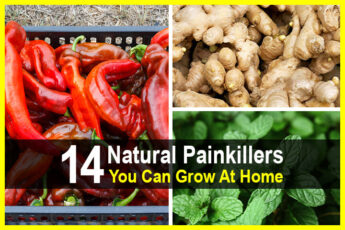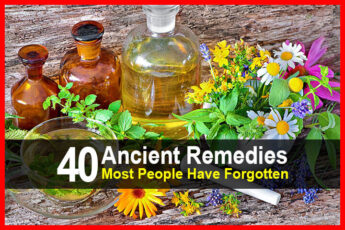Estimated reading time: 11 minutes
An herbal first aid kit can be a vital lifeline when modern medicine is out of reach. In situations where access to healthcare is limited, this kit serves as an alternative solution, bolstering health and wellness using natural remedies.
A fully stocked kit is packed with various herbs, oils, salves, and infusions, each providing unique restorative and preventive benefits. In this article, we'll explore the essential components to include in your herbal first aid kit and why they're crucial for survival in less-than-ideal scenarios.
Want to save this post for later? Click Here to Pin It On Pinterest!
Benefits of Medicinal Plants
Medicinal plants are powerhouses of wellness, offering natural solutions to a broad array of health issues. For example, many can alleviate inflammation, a root cause of many chronic diseases. Different herbs can contain potent anti-inflammatory compounds that help soothe inflamed tissues and promote healing from wounds.
Infections, both viral and bacterial, can be managed with plants like garlic and echinacea, because of their immune-boosting abilities. These herbs not only prevent infection but also speed up recovery while reducing the severity of the illness.
Digestive issues, a common complaint in today's stress-driven society, can be eased with herbs like peppermint and chamomile. These plants calm the digestive tract, helping with bloating, nausea, and indigestion.
For those who don't have a green thumb, the ease and simplicity of growing and preparing these plants can be achieved by anyone. Many of these plants are hardy species, thriving in a variety of conditions, and can be foraged during specific times of the year.
You also don't need a chemistry degree to use them. Turning them into DIY remedies is straightforward – often, it's as simple as infusing them in hot water or oil.
One big plus is that medicinal plants often present minimal side effects. Though powerful, their mechanisms of action are often gentler than synthetic remedies, making them a safer choice for many people. It's important to stress, however, that individual reactions can vary and to proceed with caution when using them.
Essential Plants to Grow in Your Garden

A home garden acts as a personal pharmacy, ensuring a continuous supply of medicinal herbs when you cannot forage or purchase them. Here are some of the essential herbs to consider growing:
Echinacea
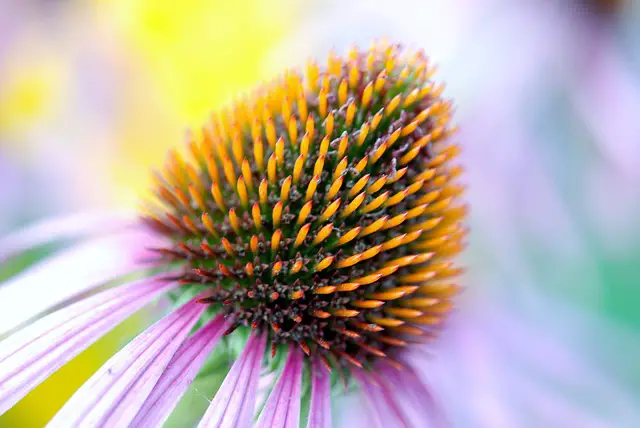
This plant, known for boosting our immune system, is effective in managing infections. It thrives in good drainage soil and full sun.
Peppermint

Excellent for soothing digestive issues and clearing up a clogged sinus, peppermint is easy to grow and prefers partial shade.
Lavender
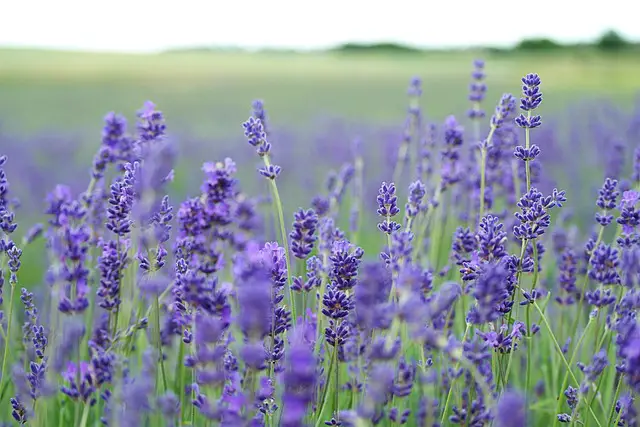
Besides its calming scent, lavender has antiseptic and anti-inflammatory properties. It requires well-drained soil, full sun, and good air circulation.
Chamomile
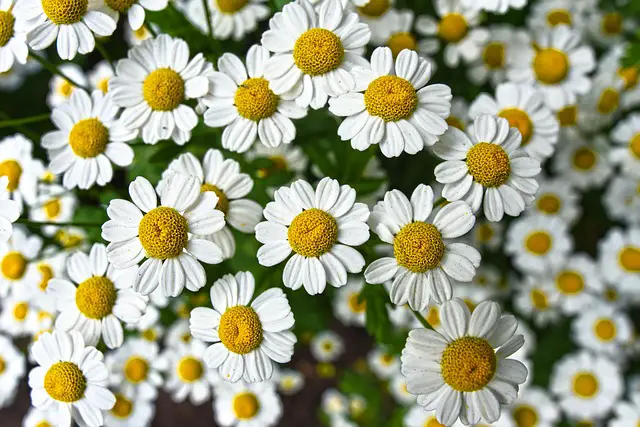
It helps calm the digestive tract and induce sleep. It thrives in cool conditions and should be planted in part shade.
Jewelweed

Often used for poison ivy rashes, jewelweed prefers damp soil and partial shade.
Rosemary

Known for improving digestion and alleviating muscle pain, rosemary prefers well-drained soil and at least six to eight hours of sunlight.
Garlic
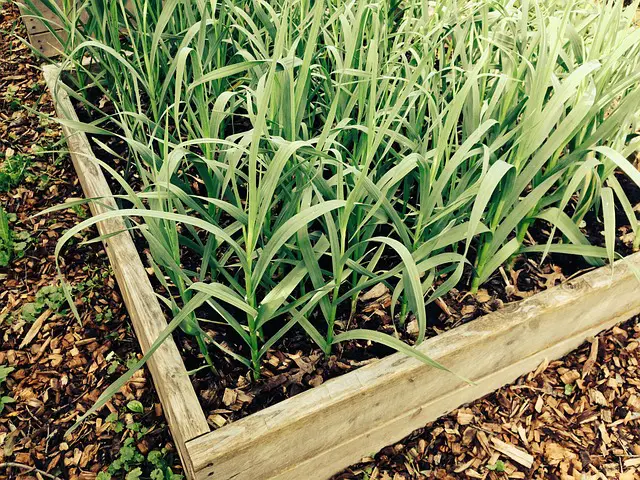
It offers immune-boosting abilities and is easy to grow in well-draining soil with plenty of sun.
Dandelion
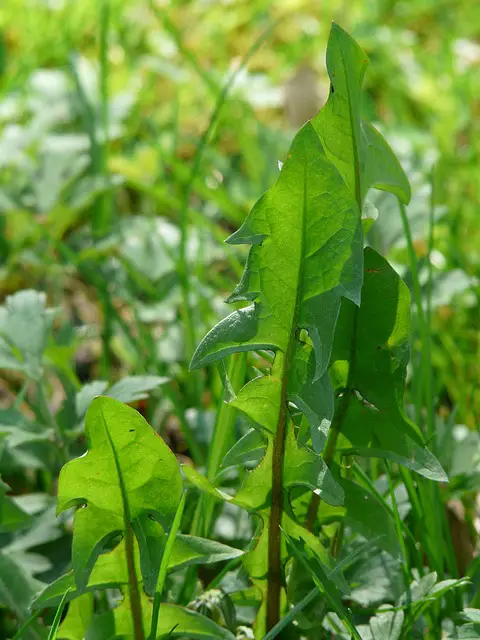
It helps with liver detoxification and grows in a variety of climates with full sun.
Willow

Containing salicin, a natural pain reliever, willow trees prefer moist soil and full sun or partial shade.
St. John's Wort
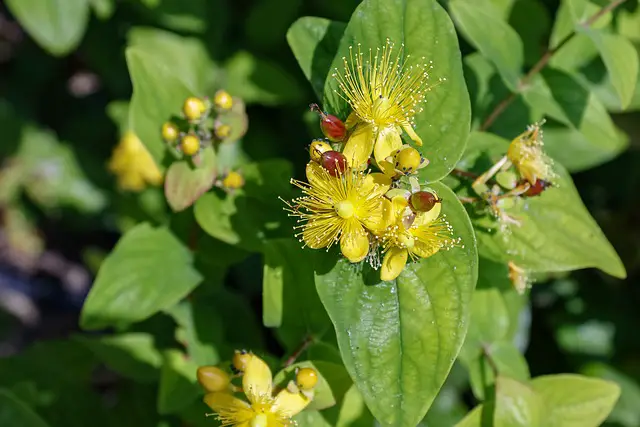
This popular plant is known for its mood-boosting properties, St. John's Wort is often used as a natural remedy for depression, anxiety, and sleep disorders. It thrives in full sun and well-drained soil. This plant should be used with caution as it can interact negatively with certain medications.
Calendula
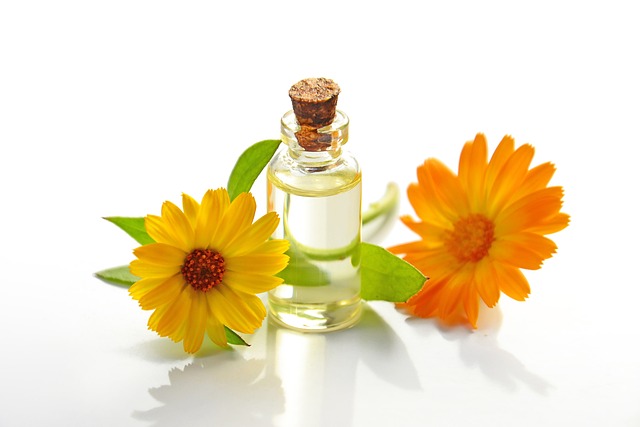
A potent healing herb, Calendula is renowned for its anti-inflammatory, antiviral, and antibacterial properties, making it excellent for treating wounds, burns, and rashes. It can even be used to create soothing oils and salves for the skin. This vibrant, yellow-orange flower prefers full sun and well-drained soil.
As a general rule, most medicinal plants prefer well-drained soil, good air circulation, and plenty of sunlight. It's a good idea to dry the herbs to preserve their potency, this can be achieved in a dry space where the plants can be left to hang for several days.
Commonly Found Medicinal Plants in North America
There may come a time when you are unable to cultivate your garden. However, for those plants that you cannot grow, foraging is always an option. Here are a few examples of plants that you can gather:
Yarrow
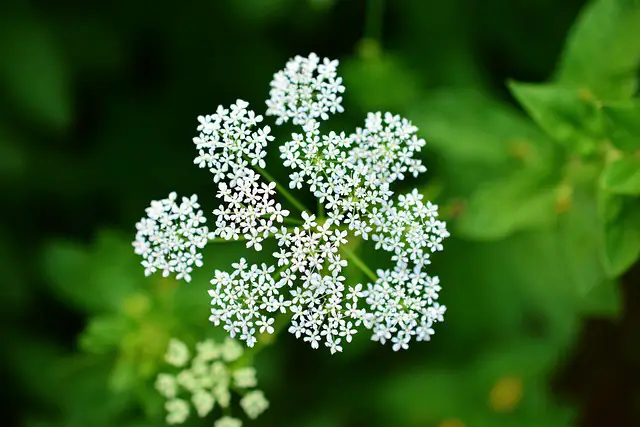
This brilliant white flower commonly grows in meadows and on roadsides across North America. Yarrow is known for its ability to stop bleeding and can be used topically on wounds. The leaves can be harvested at any time of year but they are most potent in spring and early summer. Wait until the flowers have fully opened before harvesting.
Plantain

Almost seen as a weed, plantain is an incredibly versatile medicinal plant that grows on lawns and roadsides. It assists in wound healing and insect bites. You can harvest it from the spring into the first frost.
Elderberry
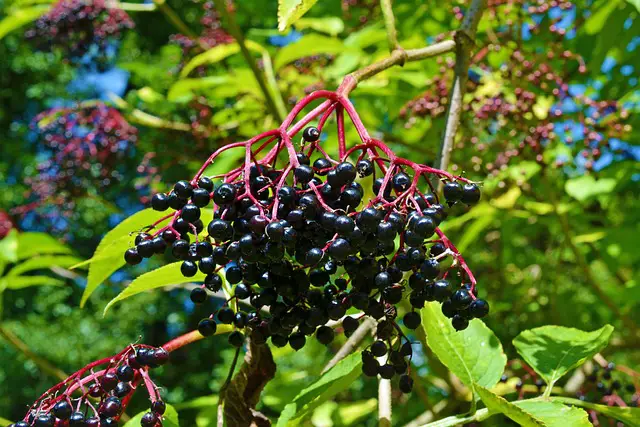
Elderberries are rich in immune-boosting compounds. They are often used in syrups and teas to combat flu and cold symptoms. The berries can be harvested in late summer and early fall.
Jewelweed
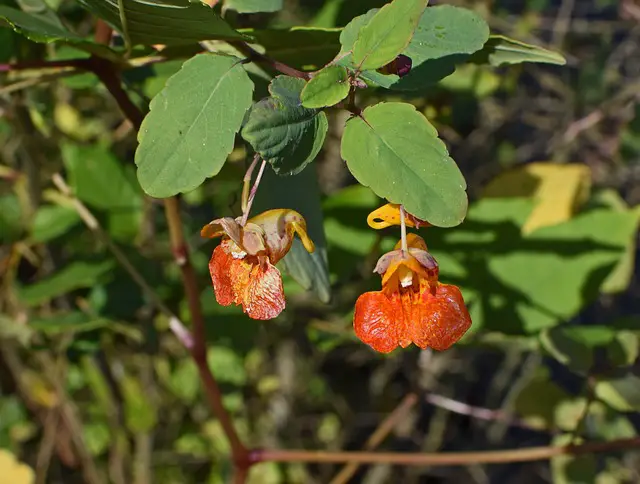
This plant, often found in damp soil and partial shade, is a trusted remedy for poison ivy rashes. The flowers are the most potent part and can be harvested between mid-summer and the first frost of the year.
Willow
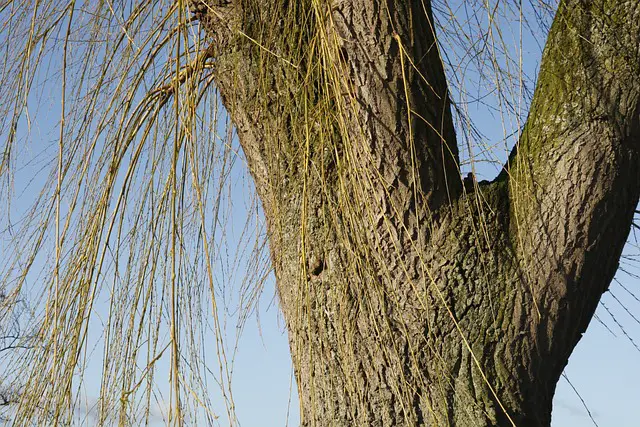
The bark of the willow tree, found near water bodies or in moist soil, contains salicin, a natural pain reliever. It can be used for making tea or tinctures. It's best harvested during the spring when the sap begins to run.
For most of these items, you can dry them to preserve the medicinal qualities but fresh plants can always be used in a variety of preparations.
Preparations to Stockpile: Salves, Oils, and Infusions
When considering herbal preparations to stockpile, it's essential to focus on versatility and ease of use. Herbal remedies come in various forms, each serving a unique purpose, and can be stored effectively for future use.
Salves
Thick ointments made by infusing herbs in oil and combined with beeswax, are excellent for topical applications. They're especially useful for treating skin ailments like burns, wounds, rashes, or dry skin. Salves made from calendula, plantain, and jewelweed are particularly effective thanks to their healing, anti-inflammatory, and soothing properties.
To make a salve, you need to steep the chosen herbs in oil (like coconut or olive oil) on low heat for several hours, strain the mixture, then add beeswax, stirring until it melts. Pour into small jars to cool and solidify.
Herbal oils
These are beneficial for a variety of health issues. For instance, garlic oil is lauded for its immune-boosting properties, making it a valuable addition to your herbal stockpile. St. John's Wort oil can help with nerve pain, while lavender oil is a popular choice for relaxation and sleep aid.
Herbal oils are prepared by steeping herbs in a carrier oil, such as olive or almond oil, for several weeks, then straining and storing them in dark glass bottles.
Infusions
These usually refer to teas or decoctions prepared by steeping or boiling herbs in water. They're perfect for internal use, especially for treating digestive issues, boosting the immune system, or promoting sleep. Peppermint, chamomile, and ginger are excellent choices for infusions. They can be prepared simply by pouring boiling water over herbs and allowing them to steep for 10-15 minutes.
Using herbal preparations is in your best interest because of their potent therapeutic properties, ease of use, and simple recipes. They harness the natural healing power of plants, offering a holistic alternative when the drugstore isn’t opening up any time soon.
Creating a compact travel kit from your primary collection of herbal remedies could be a lifesaver in times of need. Include in it all of the plant infusions that can help target a broad array of issues instead of just focusing on a few plants that are good for one thing.
Final Thoughts
One thing that cannot be stressed enough is that proper identification of these plants is key before consumption. Misidentification can lead to unnecessary health complications. Keeping a small field guide handy is a practical way to cross-reference and verify the herbs you're using.
One way to practice is to go out for walks in your local woods and see if you can identify any herbs. Then you can take them home and try out a few recipes to see which one suits your needs.
Like this post? Don't Forget to Pin It On Pinterest!


